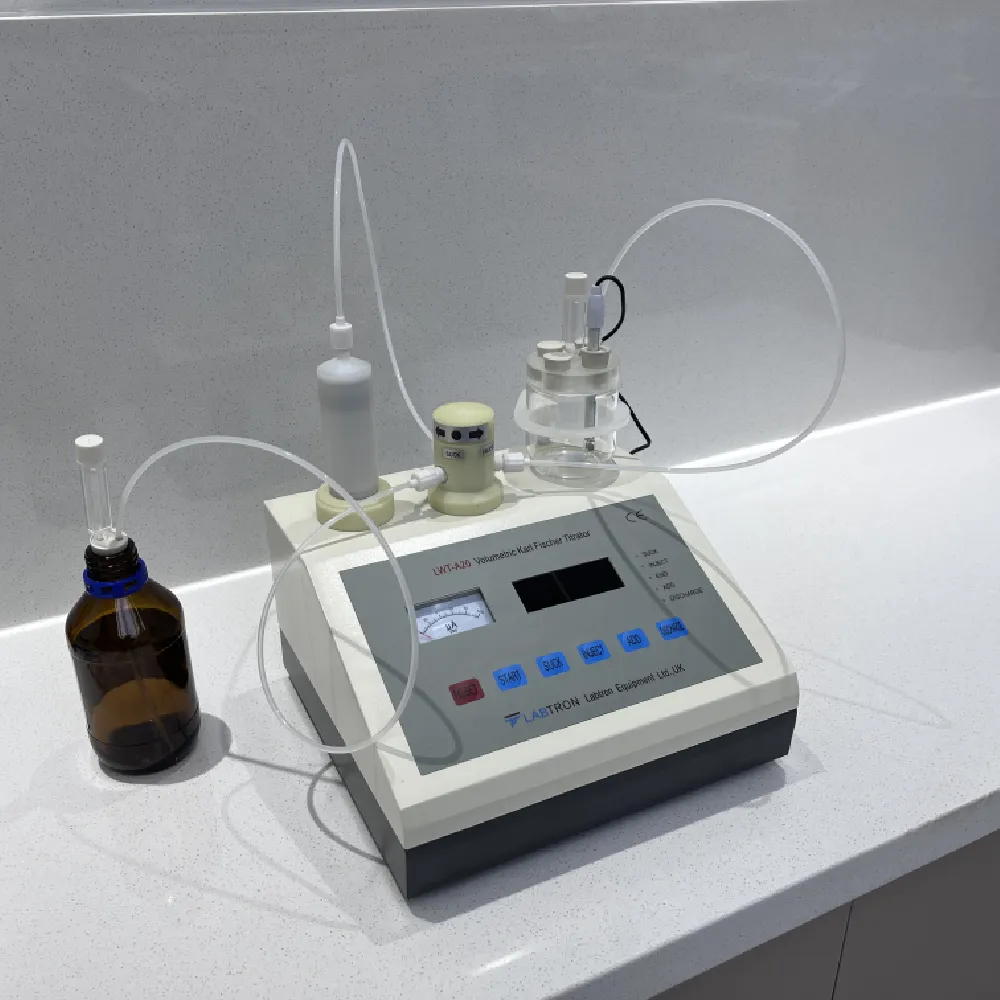 English
English



-
 Afrikaans
Afrikaans -
 Albanian
Albanian -
 Amharic
Amharic -
 Arabic
Arabic -
 Armenian
Armenian -
 Azerbaijani
Azerbaijani -
 Basque
Basque -
 Belarusian
Belarusian -
 Bengali
Bengali -
 Bosnian
Bosnian -
 Bulgarian
Bulgarian -
 Catalan
Catalan -
 Cebuano
Cebuano -
 China
China -
 China (Taiwan)
China (Taiwan) -
 Corsican
Corsican -
 Croatian
Croatian -
 Czech
Czech -
 Danish
Danish -
 Dutch
Dutch -
 English
English -
 Esperanto
Esperanto -
 Estonian
Estonian -
 Finnish
Finnish -
 French
French -
 Frisian
Frisian -
 Galician
Galician -
 Georgian
Georgian -
 German
German -
 Greek
Greek -
 Gujarati
Gujarati -
 Haitian Creole
Haitian Creole -
 hausa
hausa -
 hawaiian
hawaiian -
 Hebrew
Hebrew -
 Hindi
Hindi -
 Miao
Miao -
 Hungarian
Hungarian -
 Icelandic
Icelandic -
 igbo
igbo -
 Indonesian
Indonesian -
 irish
irish -
 Italian
Italian -
 Japanese
Japanese -
 Javanese
Javanese -
 Kannada
Kannada -
 kazakh
kazakh -
 Khmer
Khmer -
 Rwandese
Rwandese -
 Korean
Korean -
 Kurdish
Kurdish -
 Kyrgyz
Kyrgyz -
 Lao
Lao -
 Latin
Latin -
 Latvian
Latvian -
 Lithuanian
Lithuanian -
 Luxembourgish
Luxembourgish -
 Macedonian
Macedonian -
 Malgashi
Malgashi -
 Malay
Malay -
 Malayalam
Malayalam -
 Maltese
Maltese -
 Maori
Maori -
 Marathi
Marathi -
 Mongolian
Mongolian -
 Myanmar
Myanmar -
 Nepali
Nepali -
 Norwegian
Norwegian -
 Norwegian
Norwegian -
 Occitan
Occitan -
 Pashto
Pashto -
 Persian
Persian -
 Polish
Polish -
 Portuguese
Portuguese -
 Punjabi
Punjabi -
 Romanian
Romanian -
 Russian
Russian -
 Samoan
Samoan -
 Scottish Gaelic
Scottish Gaelic -
 Serbian
Serbian -
 Sesotho
Sesotho -
 Shona
Shona -
 Sindhi
Sindhi -
 Sinhala
Sinhala -
 Slovak
Slovak -
 Slovenian
Slovenian -
 Somali
Somali -
 Spanish
Spanish -
 Sundanese
Sundanese -
 Swahili
Swahili -
 Swedish
Swedish -
 Tagalog
Tagalog -
 Tajik
Tajik -
 Tamil
Tamil -
 Tatar
Tatar -
 Telugu
Telugu -
 Thai
Thai -
 Turkish
Turkish -
 Turkmen
Turkmen -
 Ukrainian
Ukrainian -
 Urdu
Urdu -
 Uighur
Uighur -
 Uzbek
Uzbek -
 Vietnamese
Vietnamese -
 Welsh
Welsh -
 Bantu
Bantu -
 Yiddish
Yiddish -
 Yoruba
Yoruba -
 Zulu
Zulu
commissioning of transformer
Commissioning of Transformers Ensuring Reliability and Performance
The commissioning of transformers is a vital process that guarantees their reliable operation within electrical systems. Transformers serve as the backbone of power distribution, stepping voltage levels up or down as required. Therefore, a thorough commissioning procedure is essential to ensure that transformers perform efficiently and safely throughout their service life.
The commissioning process typically begins with the planning phase, where detailed assessments of the transformer specifications are conducted. This includes reviewing design documents, installation plans, and compliance with industry standards. It is crucial to ensure that the transformer is designed and built according to the required specifications, as any discrepancies can lead to operational failures.
Once the planning is complete, the next phase involves physical installation. Transformers must be carefully positioned and anchored according to manufacturer guidelines and safety regulations. Adequate space and clearance around the transformer must be maintained to allow for heat dissipation and access for maintenance. This phase often involves the collaboration of electricians, engineers, and safety personnel to ensure that all aspects are handled meticulously.
After the physical installation, the testing phase commences. This is arguably the most critical part of the commissioning process. Various tests are performed to verify that the transformer operates as intended. Among these tests are insulation resistance testing, transformer turns ratio (TTR) testing, and power factor testing. These assessments help identify any potential issues such as insulation degradation, winding faults, or incorrect voltage ratios. When abnormal readings are detected, corrective actions must be taken before the transformer is put into service.
commissioning of transformer

In addition to electrical testing, mechanical inspections are also conducted. This includes checking for proper cooling system functionality, verifying that all connections are tight, and ensuring that protective devices are installed and operational. The integrity of the physical structure is also evaluated to prevent future mechanical failures.
Once testing and inspection are complete, the transformer can be energized. This stage involves carefully monitoring the transformer's behavior during initial operation. Parameters like temperature, voltage, and current need to be closely observed to confirm that everything operates within the designed limits. Any anomalies at this stage can lead to immediate corrective actions.
Moreover, the commissioning process is not merely a one-time event but should incorporate a comprehensive documentation phase. All test results, inspections, and operational observations need to be meticulously recorded. This documentation serves as an essential reference for future maintenance and troubleshooting, ensuring that any issues can be promptly addressed.
In conclusion, the commissioning of transformers is an elaborate process that demands attention to detail, thorough testing, and proper documentation. It is an integral part of the transformer lifecycle, ensuring that these critical components of power distribution systems function correctly and reliably. By adhering to rigorous commissioning protocols, utilities and facilities can significantly mitigate risks, improve operational efficiency, and extend the lifespan of their transformers, ultimately leading to enhanced service delivery in the electrical supply chain.
-
Ensuring SF₆ Gas Safety: Introducing PUSH’s Integrated SF₆ Analyzer for Dew Point, Purity, and Decomposition MonitoringNewsJul.10,2025
-
Exploring the Main Types of Industrial Endoscopes and Their Applications Across IndustriesNewsJul.04,2025
-
Testing Equipment Industry Sees Major Advancements in 2025: Smart & Precision Technologies Lead the WayNewsJun.06,2025
-
Applications of Direct Current Generators in Renewable Energy SystemsNewsJun.05,2025
-
Hipot Tester Calibration and Accuracy GuidelinesNewsJun.05,2025
-
Digital Circuit Breaker Analyzer Features and BenefitsNewsJun.05,2025



